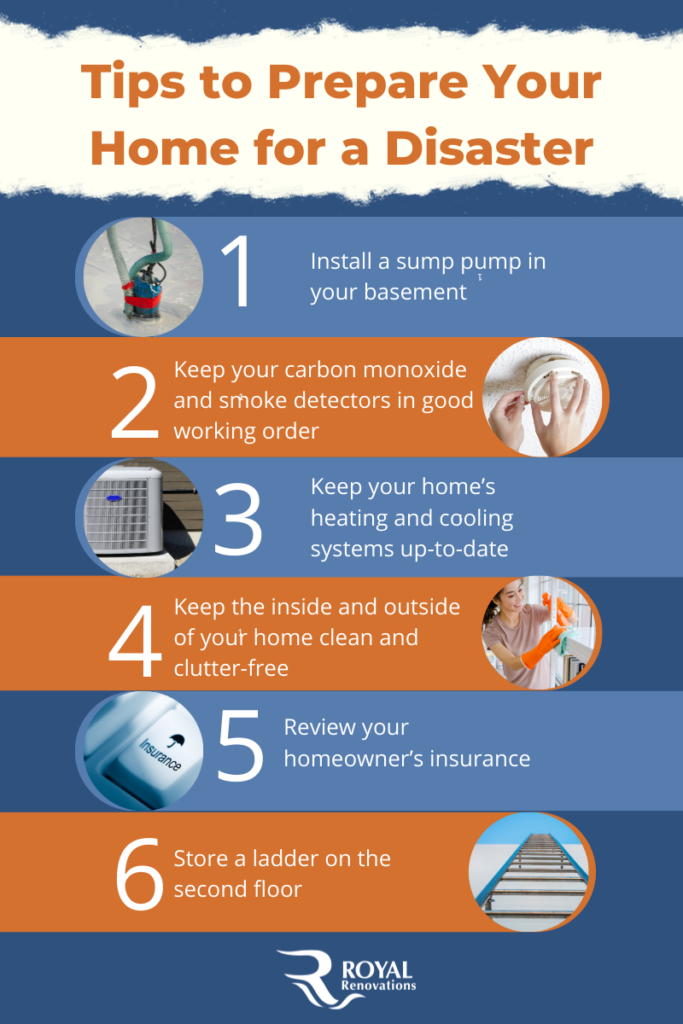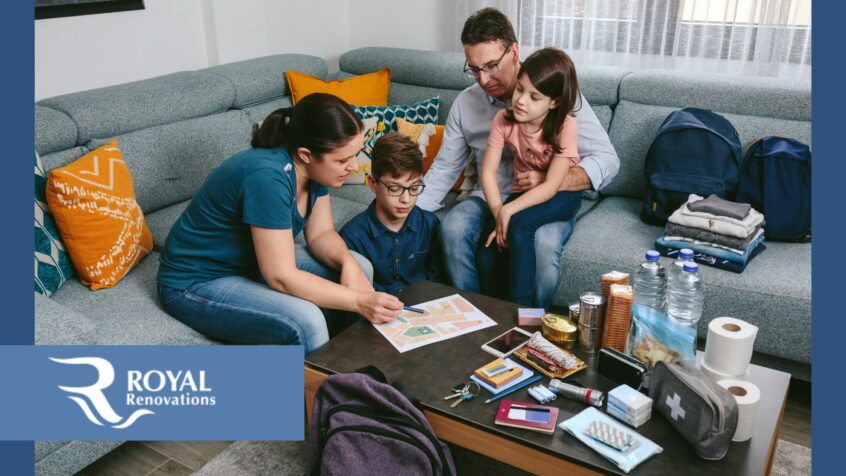For many households, keeping the family safe is the number one priority. Talking with your family and creating a plan for emergency situations is the best way to ensure everyone understands what to do in an emergency.
In a proper emergency preparedness plan, identify how you and each family member will work together as a team in an emergency. Your plan will depend on a few factors, like your home’s layout, the type of disaster, and the members of your family. Keep reading to get some tips on creating your own family emergency plan.
What Should a Family Emergency Plan Include?
A family disaster preparedness plan outlines what your family should do in emergencies like fires, storms, and more. There are many things you must include in these plans. For example, you should have the following:
- Training: Whether you need CPR or first aid, training is essential to stay prepared and confident.
- Education: It’s essential to understand the different types of hazards that happen in your area. Hazards can include floods, hurricanes, tornadoes, wildfires, snowstorms, earthquakes, etc. Educating your family on the safety measures and emergency systems for each event is vital.
- Resources: You can use technology to develop a personalized floor plan and evacuation routes for your home. A good disaster preparedness plan should always include resources like a first aid supply kit, first aid and CPR certification, and a list of emergency contacts. Other resources vary, depending on the severity of the hazard.
- Drills: Practicing your disaster preparedness plan with physical drills will help prepare your family for emergencies and hazards. It’s a good idea to practice these drills every season, so your family is clear on what to do in any weather.
- Communication: Your disaster preparedness plan should be communicated with everyone in your household. Discussing these plans will help your family with preparation and execution.
Making a Disaster Safety Plan
There are ways to keep your family, house, and property safe from any damages caused by any hazards. For example, you can:
- Install a sump pump in your basement
- Keep your alarm systems (like carbon monoxide and smoke detectors) in good working order
- Keep your home’s heating and cooling systems up to date
- Keep the inside and outside of your home clean and clutter-free
- Review your homeowner’s insurance and make sure you understand what it covers
- Store a ladder on the second floor in a secure place, like in a closet or under a bed

Finally, as you prepare to make a disaster preparedness plan, you must communicate with your family and discuss a few factors. These factors include:
- How to evacuate everyone off the premises. Communication should also include where to meet if you get separated.
- How you plan to stay in touch during an emergency. This factor is where the list of emergency contacts comes in handy since you may need to contact a family doctor or caregiver.
- Where you and your family will take shelter in your home, whether it’s in the basement or somewhere else. You’ll need to find a safe, secure, small room with few windows to take shelter.
- What to do with pets. As a team, discuss who will oversee putting your pet in their kennel or keeping them out of harm’s way. You should also make a sign outside your front door, letting first responders know where your pets are.
Putting the Plan into Action
The most important thing to consider when making a disaster preparedness plan is that everybody in the household understands and knows what to do during an emergency. One thing that helps with this process is to do test runs and drills of your plan.
Practice your evacuation and shelter-in-place plans to see how your family works as a team and responds to different emergencies. Keep track of your supplies and ensure they are always up to date. You should do the same with your family’s emergency contacts.
After an emergency, work with a professional like Royal Renovations to help assess your home for damage. We will check for gas leaks, cracks in your walls or ceiling, excess water in your basement, damaged water pipes, and the state of your electrical system. Royal Renovations is here to help. Contact our team to get started.

